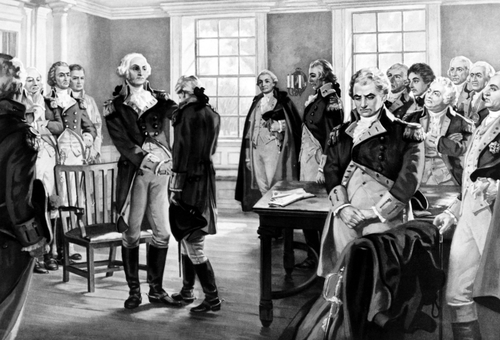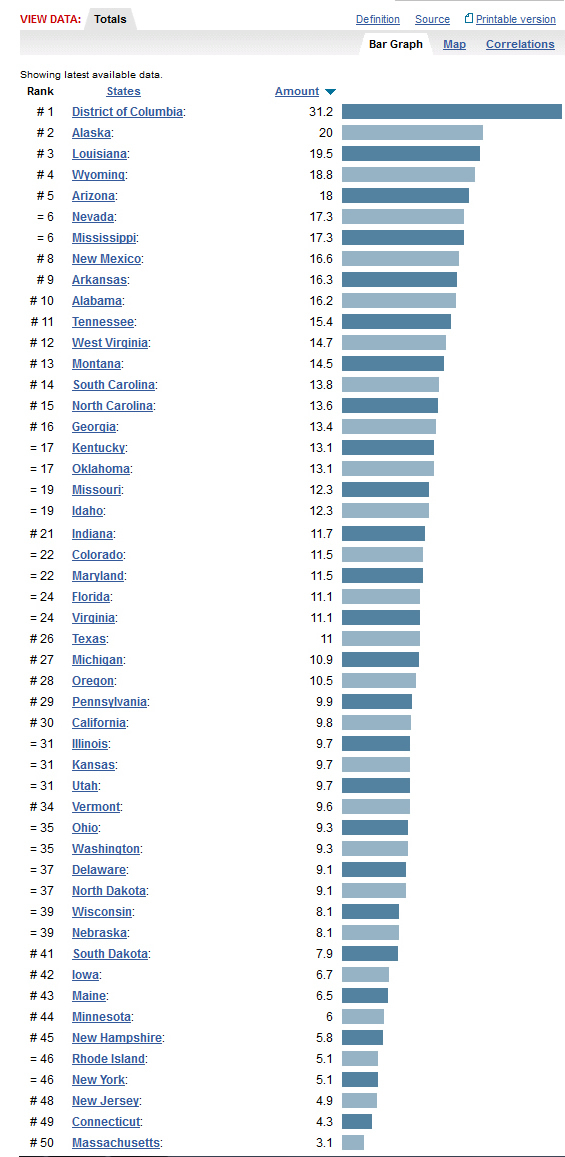
 Did you know:
Did you know:
Incomprehensible IRONY: The former U.S. Health and Human Services (HHS) Secretary Kathleen Sebelius (a Democrat) signed the “machine gun law” in 2008 when she was Governor of Kansas, giving private citizens the right to “own automatic weapons, silencers and short-barrel shotguns,” including machine guns. No one was happier than Jordan Austin, state lobbyist for the National Rifle Association, who, according to the Topeka Capital-Journal said, “the bill was important for bringing firearms dealers back to the state.” Apparently, the recession had hit gun owners hard. To be fair, gun violence is lower than the national average in Kansas, but we need to remember that not all automatic and semi-automatic weapons purchased in Kansas stay there.
Ironic IRONY (doubly ironic) or Profound Paradox: The federal Combat Methamphetamine Epidemic Act of 2005 limits the amount of cold medicine an individual can purchase: “Individuals may not purchase more than 3.6 g of pseudoephedrine in one day,” and “Individuals may not purchase more than 9 g of pseudoephedrine in any 30-day period (or, if purchased from a mail-order pharmacy or a “mobile vendor,” no more than 7.5 g in any 30-day period).” Also, each purchaser must present a valid i.d. that is then entered into a central database “For each sale, information including the name and address of the purchaser, the name of the product, the quantity purchased and the date and time of the transaction must be collected and entered into the logbook.”
I don’t have to show i.d. to purchase bullets, nor am I limited by the number of bullets I purchase daily or monthly.
Another paradox is the Second Amendment. Guns have changed quite a bit since the 18th Century when the Bill of Rights was ratified. Back then, guns took time to load and pistols were only accurate at close range. The process of shooting a gun and then reloading it was arduous. According to the Military Channel, gun powder would build up in the muzzle of a rifle, so it would require constant cleaning and was far from being an immediate option. During the Revolutionary War, soldiers didn’t even use rifles, instead they were issued a flintlock musket. Here’s the process of reloading (imagine fighting thousands of men):
According to the Continental army training manual, there were 13 steps to firing a musket. In short, a soldier had to get a cartridge, tear it open with his teeth, put a little bit of powder in the firing mechanism, put the rest of the powder and a gun ball down the barrel, ram the ball and powder home, cock the musket and fire. source: Military Channel
Reloading and then shooting a musket would take 20 seconds. Constitutionalists who insist that our forefathers implicitly guaranteed the Second Amendment and the “right of the people to keep and bear arms” fail to view the amendment in the context of 1792 when it was ratified. At that time, guns were used for hunting and for protecting oneself. Basically, the bearer of the arm had one shot before then spending as much as an entire minute to reload, time that would allow the “victim” (animal or person) to escape if left unharmed.
This is the context of the Second Amendment.
Alternatively, a semi-automatic weapon can discharge bullets as fast as one can pull the trigger. Guns with this kind of fire power could not have been conceived by the first U.S. Congress, nor would they have given the Right to Bear Arms to just any U.S. Citizen (they wouldn’t even give freedom to slaves or votes to women).
I am all for the Right to Bear Arms, but let’s keep it in the context that our Founding Fathers meant for it to be.
The below graphic speaks volumes and is perhaps the biggest irony of all. (It also makes me wonder about what’s going on in Alaska).
source: statehealthfacts.org


